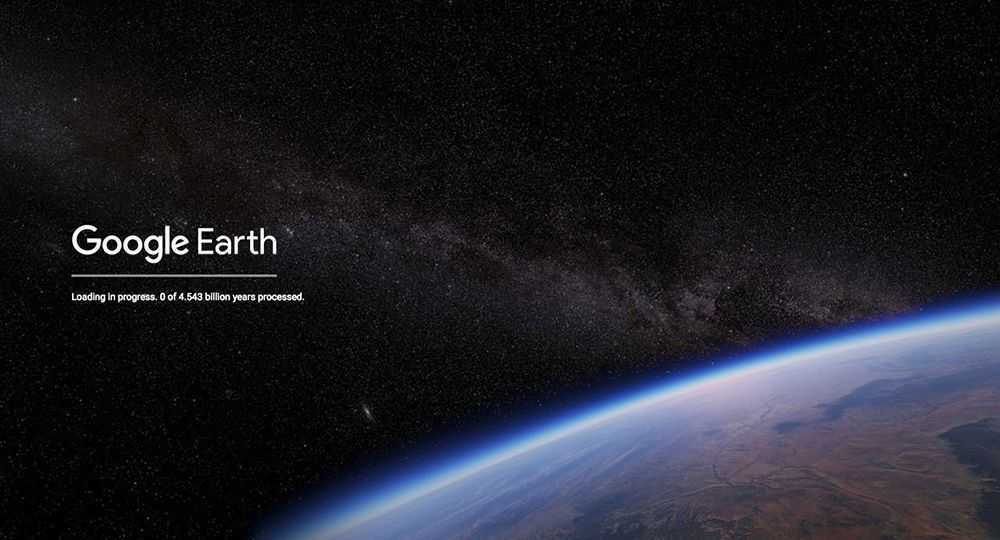Google Earth is much more than a fancy map, it’s an opportunity to digitally explore not just places, but their treasures, too.
Google Earth has come a long way since it first launched in June 2005. Today the service includes 3D buildings for hundreds of cities in more than 40 countries, live traffic information gleaned from the smartphones of Google users around the world, the topography of seas, oceans and lakes, and a feature called Voyager that lets you explore places of historical or cultural significance.
Voyager, accessed by clicking the ship’s wheel icon, is a collection of map-based stories that are frequently updated. They’re divided into four categories: travel, nature, culture and history. One of the most recent additions to Voyager is called Beatlemania, and starts out at the Cavern Club in Liverpool. Thanks to integration with another Google Product, Street View, it’s possible to view the club’s exterior. Google Earth then offers information about the venue in a sidebar.
Click the right arrow to move to the next spot on the tour and you’re whisked eastwards to Penny Lane, the street from which the eponymous Beatles song gets its name. Another click and you’re off to the Indra Club in Hamburg where the Beatles played dozens of shows during their first visit to the German city. Fittingly, the last of the nine stops on the digital tour is the Strawberry Fields memorial to John Lennon in New York’s Central Park.
But Beatlemania is just a drop in the digital ocean of options the armchair explorer can dive into with Google Earth. In the culture tab alone there are Voyager collections of Ernest Hemingway’s favourite hangouts, spots that were important to Charles Dickens, a collection of futuristic architecture and even a collection of artwork created using overlays on top of Google Maps called “Ultradistancia” by Argentinian photographer and artist Federico Winer.
Whether you’re a bridge fundi, an art nut, a sports fan or just looking to get a feel for your next vacation destination, it’s easy to lose hours to Google Earth. And it doesn’t matter which device you use to do it.
The web browser, desktop version and mobile apps all offer the same features, and, perhaps more importantly, all use rather a large amount of data due to all layers of information and detail the service offers, so best you do your digital exploring while you’re on Wi-Fi, or at the end of the month when you’ve got mobile data left to burn. Bon voyage!



